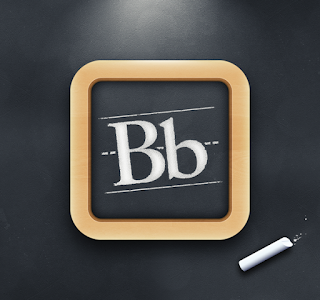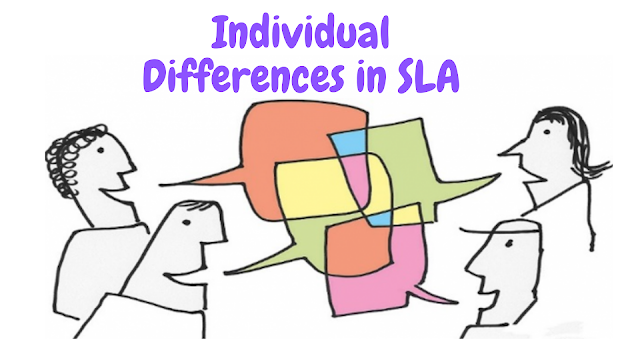BLACKBOARD
Здравствуйте, kак вы поживаете?
This post covers the review of an article about Blackboard.
Blackboard's aim was to ensure a user-friendly means by which college professors could put course information, including syllabi, reference sites, and study guides, on the web.12 million people from more than 60 countries use Blackboard. The products are translated into 12 languages and have more than 2,500 reinforcers.
This article summarizes the benefits of the Blackboard under 5 headings;
1-Increased availability: Blackboard makes availability ubıquıtous.Thanks to accessing at any time and anywhere, Blackboard appeals to students even in a survey which is conducted by Duke University in 2004, students selected the most beneficial function as "easy access to course materials and readings."
2-Quick feedback: There are two types of feedback;faculty-initiated and automated feedback.
3-Improved communications: There are distinctive options for better communication such as announcements, discussions, virtual classrooms, and e-mail. These minimize the administrative work for faculty.
4-Tracking: Tracking is a system that checks the usage of courses.
5-Skill building: This function provides organization and time management.
On the other hand, there are some deficiencies in the Blackboard. It is seen as time-consuming and inflexible by faculty members and also usage is hard to learn. Another drawback is that certain options may be restricted to a specific operating system.
According to the article, there are four different types of learners.
The first type of learner is the reader. This type of learner prefers written and spoken instructions. Therefore, Blackboard provides lecture notes, audio recordings, animations, learning activities, case studies and video clips to the system.
The second type of learner is reflective learner. Reflective learners want to reflect, observe and view or watch learning so Blackboard gives them opportunity to meet the explanation of specific requirements and use of sample responses.
The third type of learner is visual learner. Visual learners like diagrams, flowcharts, timelines, and demonstrations. The blackboard system provides additional resources to reinforce lecture notes and postings to the discussion board.
The fourth type is the kinesthetic learner. Kinesthetic type of learners likes simulations, role play, dramatization, etc.Thanks to crossword puzzles, hangman, matching exercises, etc. their needs are provided. According to the article, there are seven principles that allow to provide effective online teaching.
1- Good practice encourages student-faculty contact.
2- Good practice encourages cooperation among students.
3- Good practice encourages active learning.
4- Good practice gives prompt feedback.
5- Good practice emphasizes time on task.
6- Good practice communicates high expectations.
7- Good practice respects diverse talents and ways of learning.
In short, course management systems provide software for the management and delivery of learning content and resources to students. The Blackboard Learning System makes students use the familiar
environment of the internet for education. It triggers the organizational and communicational skills.
До свидания!
This post covers the review of an article about Blackboard.
Blackboard's aim was to ensure a user-friendly means by which college professors could put course information, including syllabi, reference sites, and study guides, on the web.12 million people from more than 60 countries use Blackboard. The products are translated into 12 languages and have more than 2,500 reinforcers.
This article summarizes the benefits of the Blackboard under 5 headings;
1-Increased availability: Blackboard makes availability ubıquıtous.Thanks to accessing at any time and anywhere, Blackboard appeals to students even in a survey which is conducted by Duke University in 2004, students selected the most beneficial function as "easy access to course materials and readings."
2-Quick feedback: There are two types of feedback;faculty-initiated and automated feedback.
3-Improved communications: There are distinctive options for better communication such as announcements, discussions, virtual classrooms, and e-mail. These minimize the administrative work for faculty.
4-Tracking: Tracking is a system that checks the usage of courses.
5-Skill building: This function provides organization and time management.
On the other hand, there are some deficiencies in the Blackboard. It is seen as time-consuming and inflexible by faculty members and also usage is hard to learn. Another drawback is that certain options may be restricted to a specific operating system.
According to the article, there are four different types of learners.
The first type of learner is the reader. This type of learner prefers written and spoken instructions. Therefore, Blackboard provides lecture notes, audio recordings, animations, learning activities, case studies and video clips to the system.
The second type of learner is reflective learner. Reflective learners want to reflect, observe and view or watch learning so Blackboard gives them opportunity to meet the explanation of specific requirements and use of sample responses.
The third type of learner is visual learner. Visual learners like diagrams, flowcharts, timelines, and demonstrations. The blackboard system provides additional resources to reinforce lecture notes and postings to the discussion board.
The fourth type is the kinesthetic learner. Kinesthetic type of learners likes simulations, role play, dramatization, etc.Thanks to crossword puzzles, hangman, matching exercises, etc. their needs are provided. According to the article, there are seven principles that allow to provide effective online teaching.
1- Good practice encourages student-faculty contact.
2- Good practice encourages cooperation among students.
3- Good practice encourages active learning.
4- Good practice gives prompt feedback.
5- Good practice emphasizes time on task.
6- Good practice communicates high expectations.
7- Good practice respects diverse talents and ways of learning.
In short, course management systems provide software for the management and delivery of learning content and resources to students. The Blackboard Learning System makes students use the familiar
environment of the internet for education. It triggers the organizational and communicational skills.
До свидания!



Yorumlar
Yorum Gönder